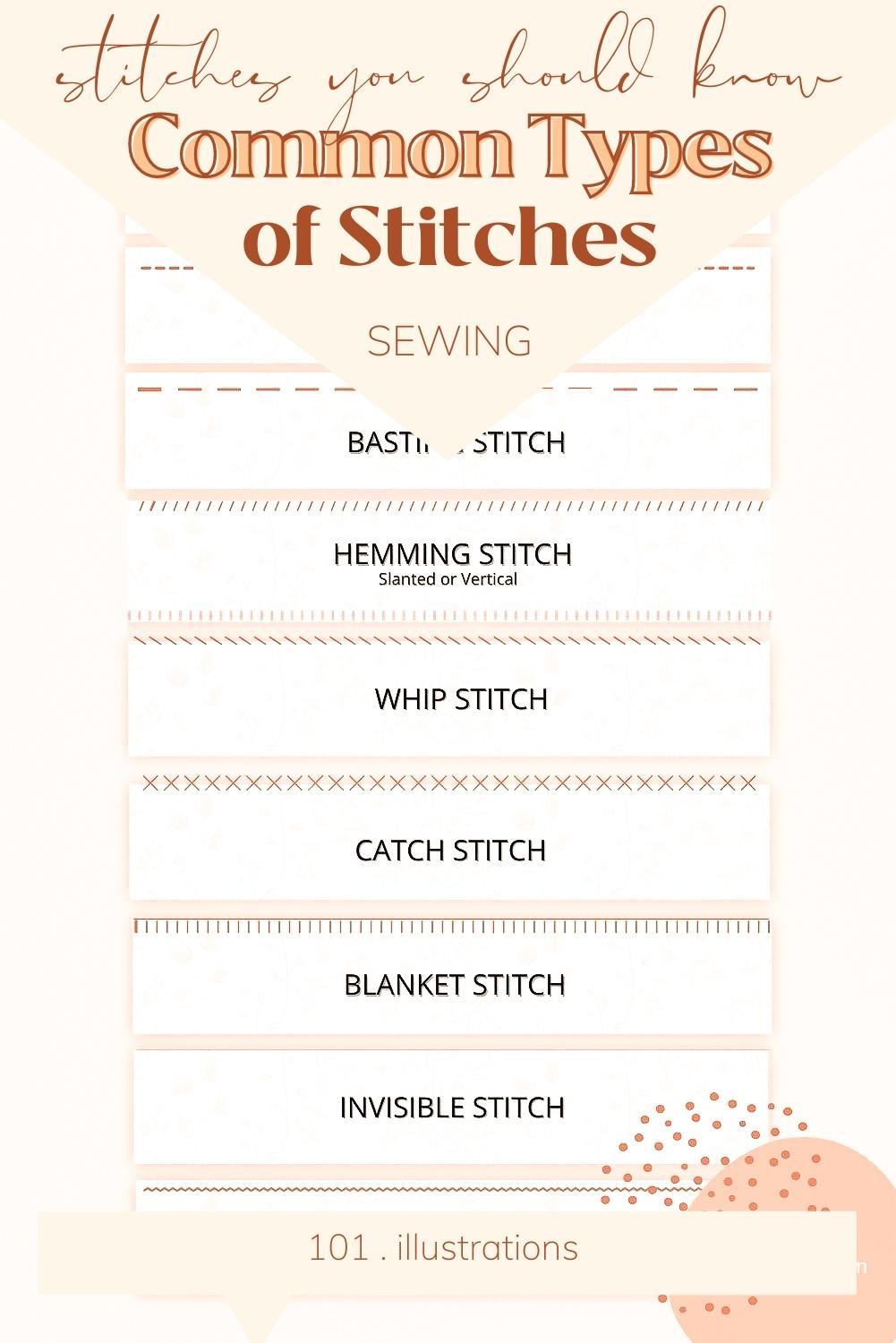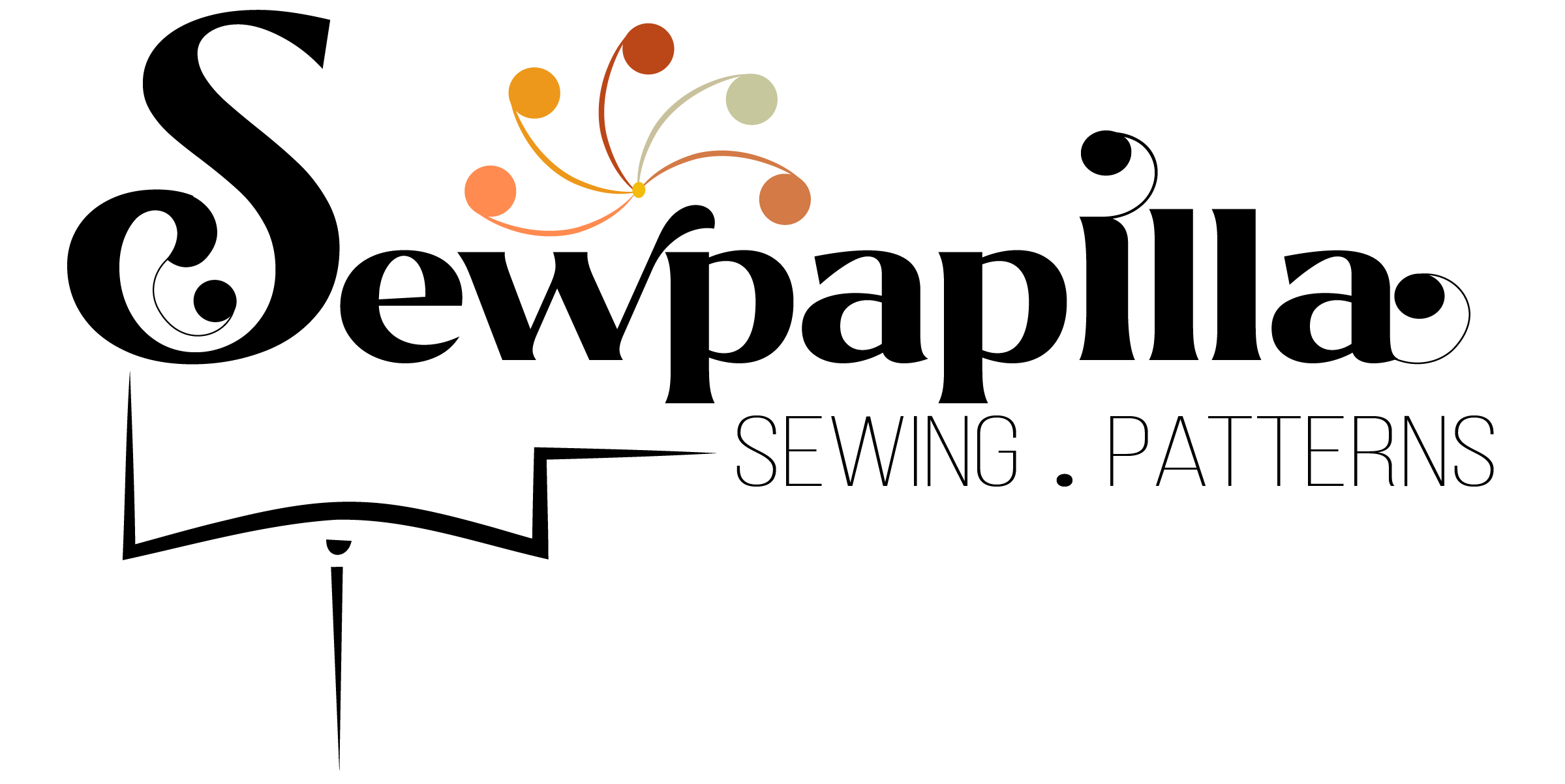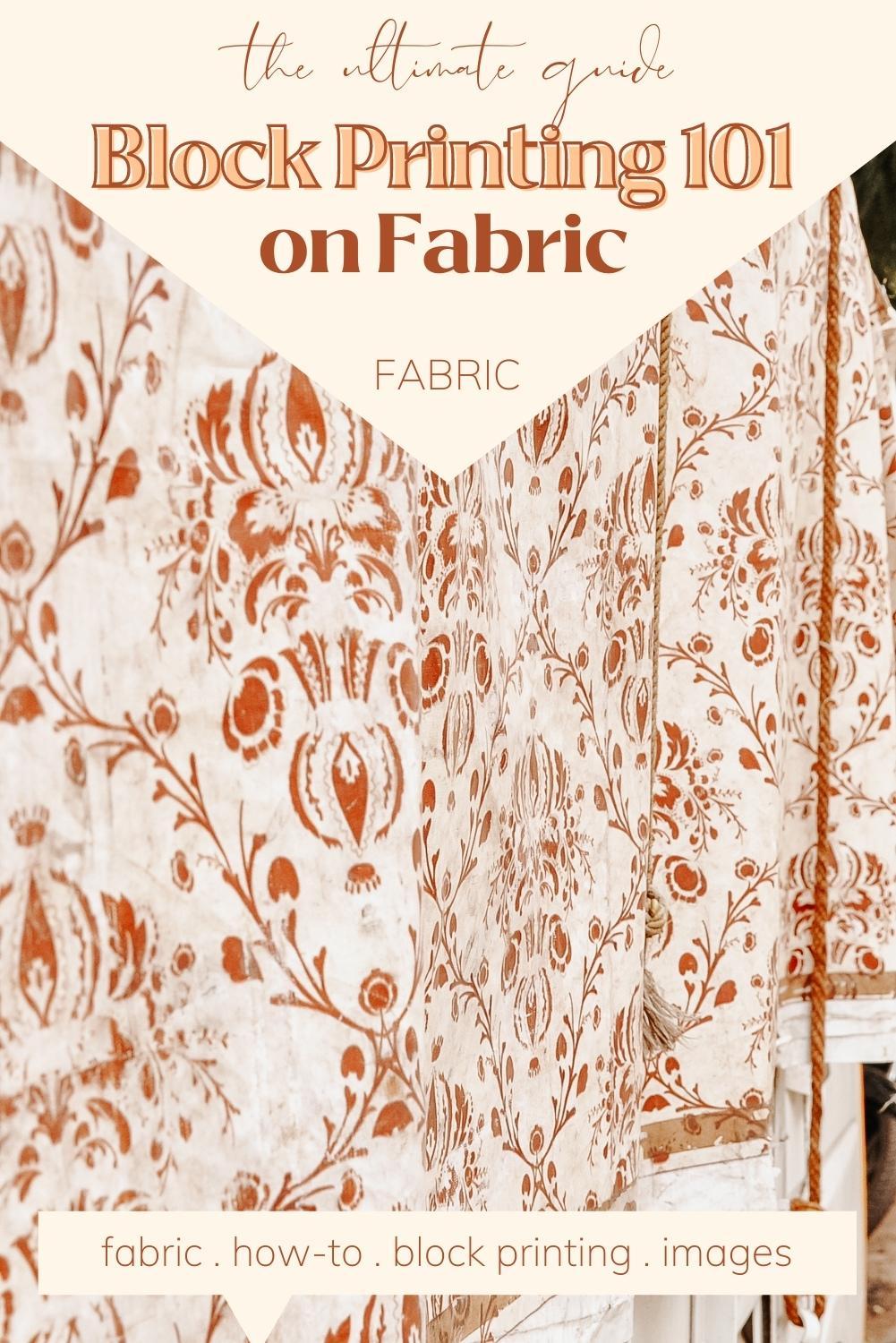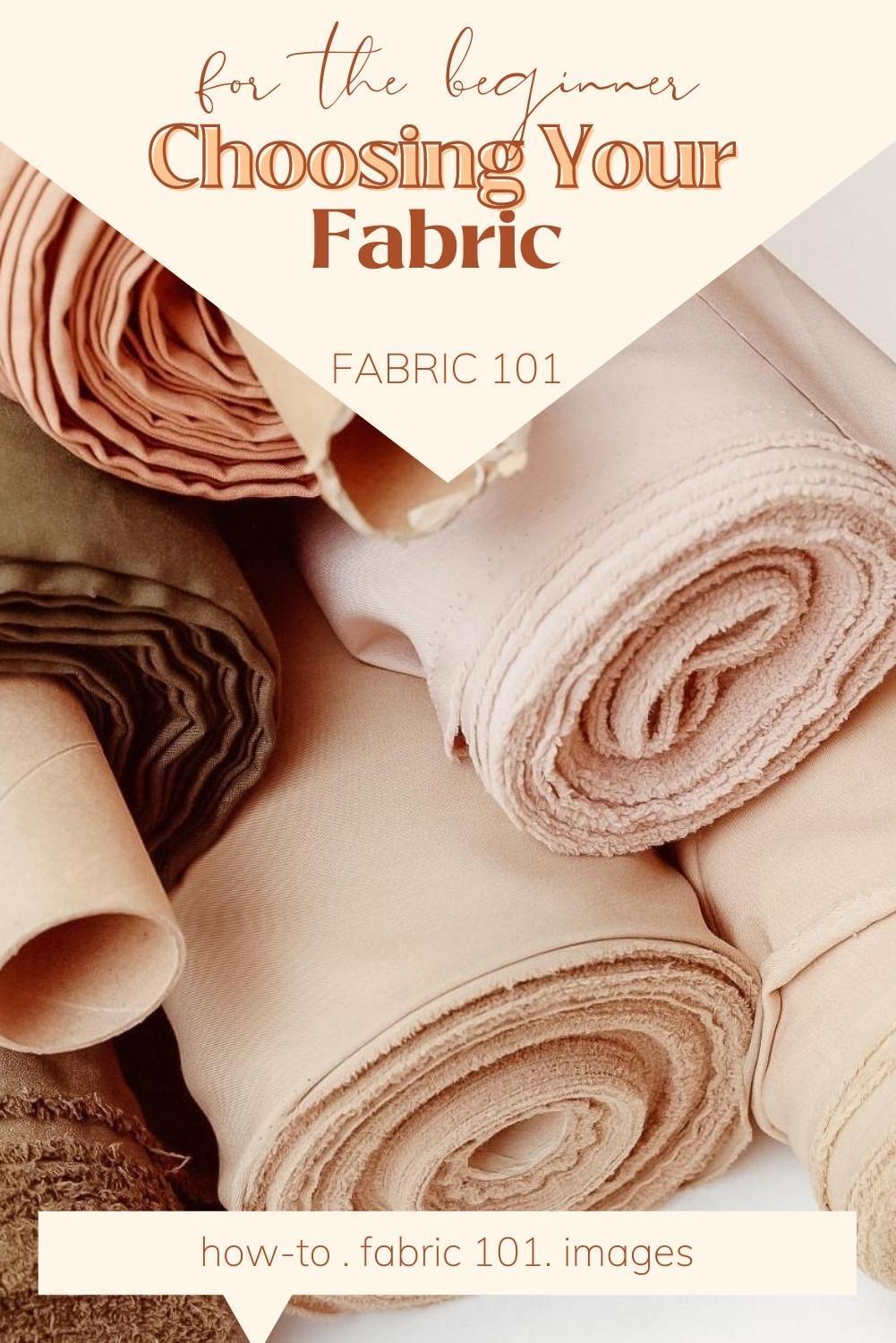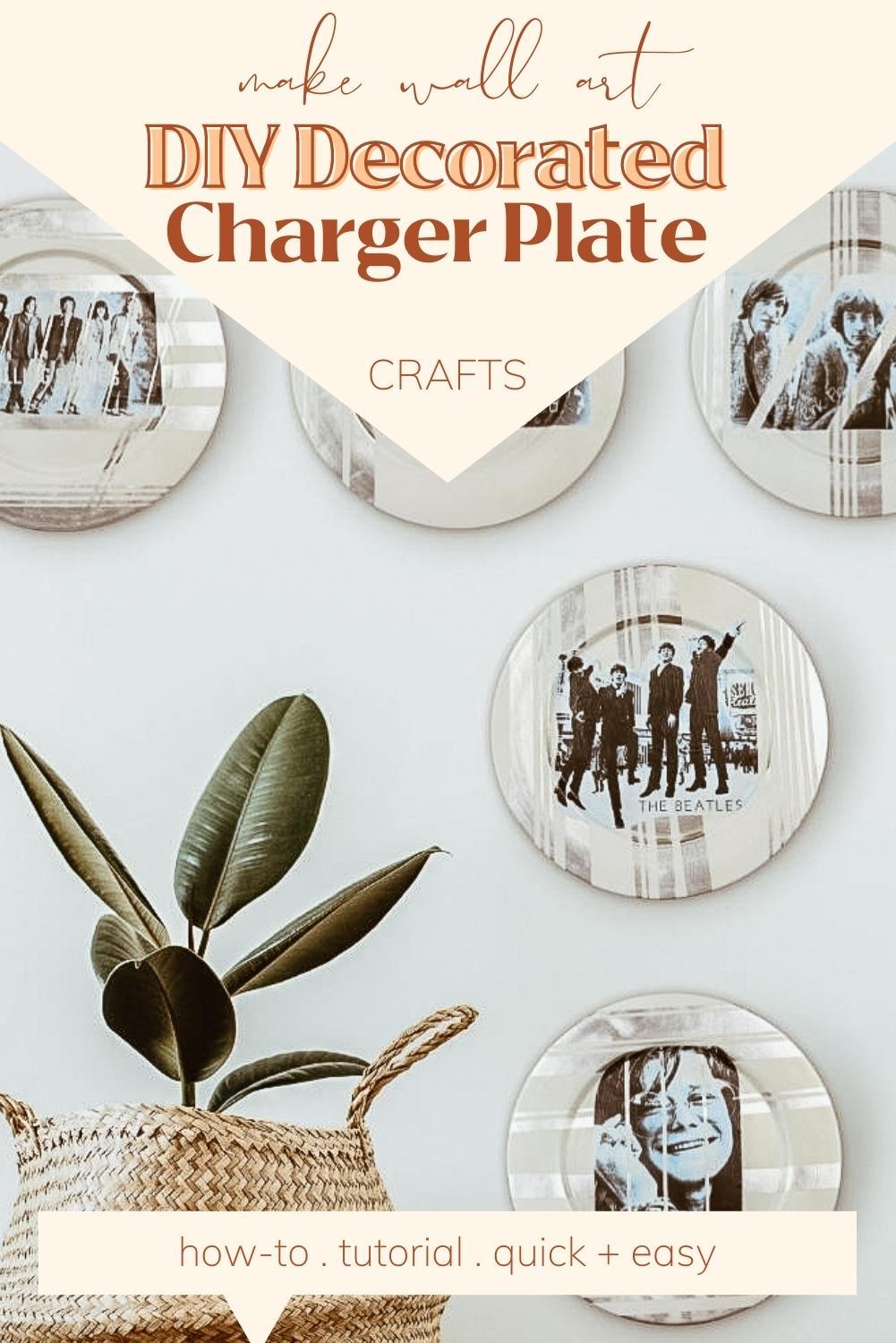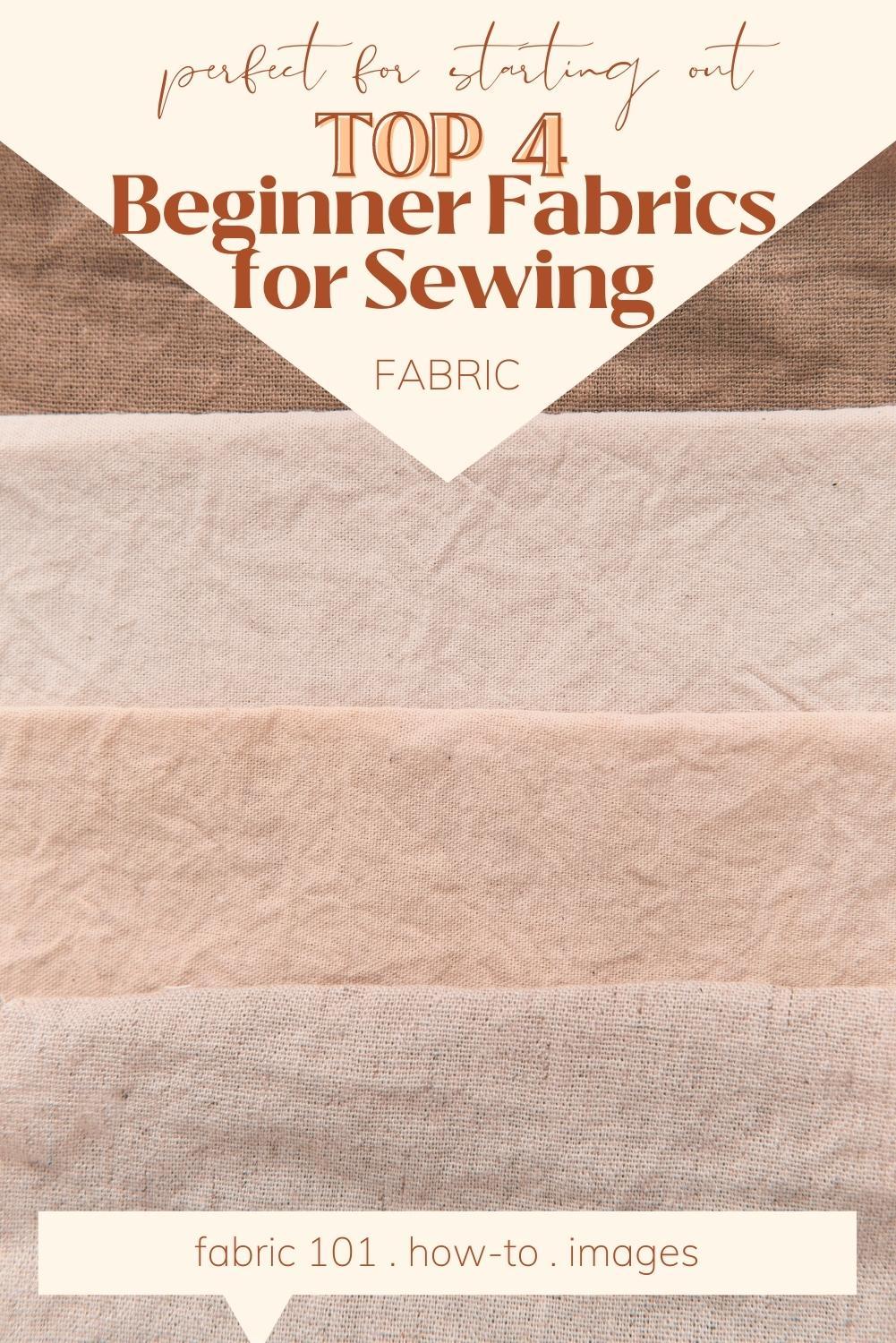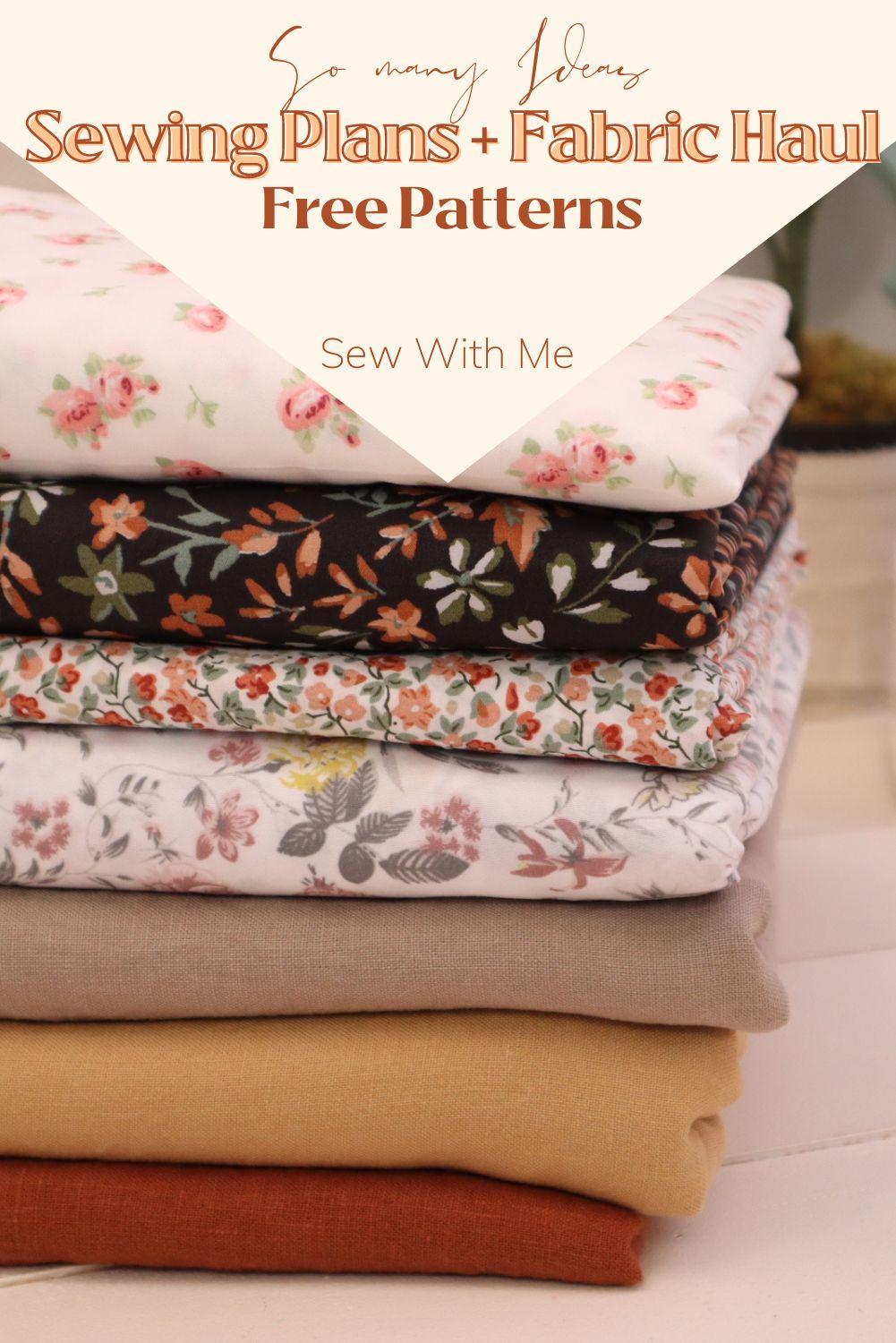COMMON TYPES OF SEWING STITCHES
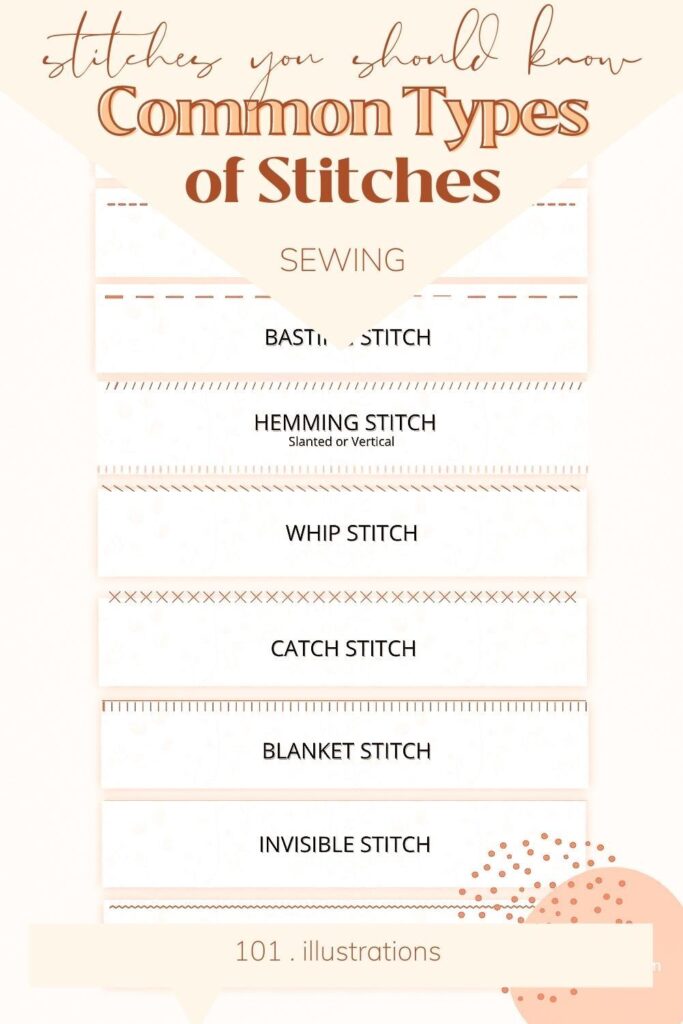
If you are new to sewing and are unfamiliar with common types of sewing stitches, you’re not alone. Unfortunately, many of us get overwhelmed in the beginning when working on a sewing project that requires a particular stitch.
To get familiar with common sewing stitches, I put together this small list to help you along the way. The sewing stitch list below will explain each stitch in basic terms.
I will have a post very soon that will include step-by-step tutorials demonstrating how each stitch is carried out. So please keep a lookout for it here!
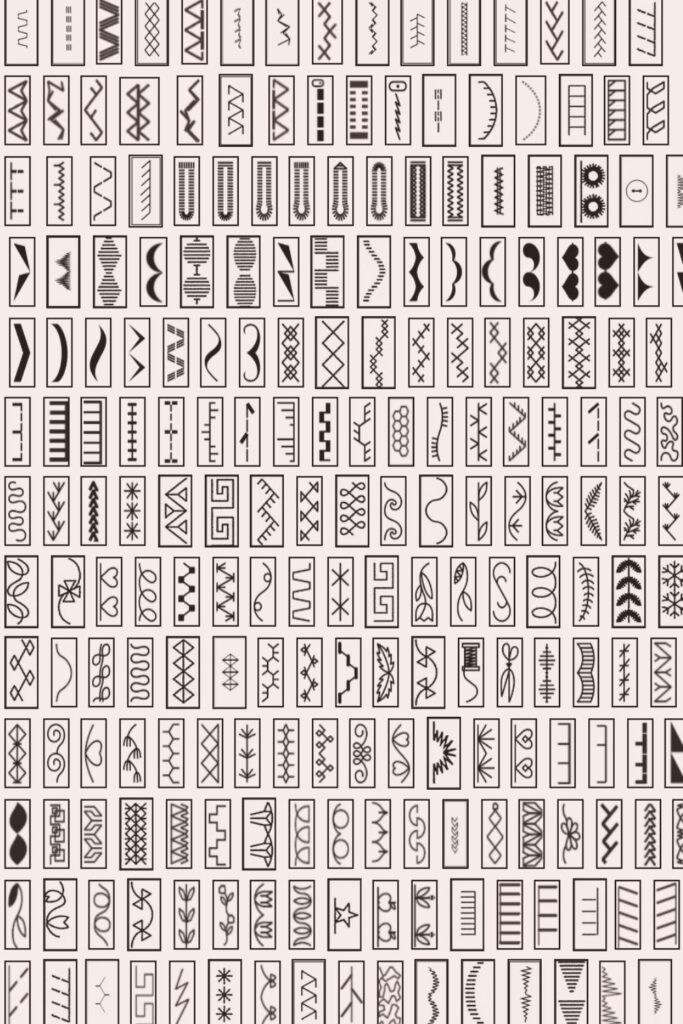
COMMON TYPES OF SEWING STITCHES
Here are a few common types of sewing stitches you’ll most likely come across from time to time.
STRAIGHT STITCH

The Straight Stitch is the basic stitch used for sewing. The most common use for a straight stitch is to sew two pieces of fabric together.
You can also use the straight stitch to backstitch the beginning and end to secure the seam ends.
BASTING STITCH

The basting stitch, also known as tacking, can be defined as a long-running stitch mainly used to temporarily hold two or more layers of fabric together until the pieces can be sewn adequately with a permanent stitch.
RUNNING STITCH

The running stitch is one of the most basic hand stitches, and it has many variations. It’s used for gathering, mending, and tucking. Depending on the situation, you can knot your thread or take a couple of backstitches to lock it into place. In its longer form, it becomes a basting stitch.
WHIP STITCH

A whipstitch is a simple sewing stitch used in crocheting, knitting, and sewing. It’s when the needle is passed in and out with a series of stitches that circle an edge of the fabric. This stitch can create a seam and join two felt pieces together in hand sewing.
HEMMING STITCH

A Hemming stitch, Hemstitch, or hem-stitch is a decorative drawn thread work or openwork hand-sewing technique for embellishing the hem of clothing or household linens. Unlike an ordinary hem, hemstitching can employ embroidery thread in a contrasting color to be noticeable.
CATCH STITCH

When finishing the inside of a garment, a catch stitch, sometimes called a herringbone stitch, helps tack hems and seam allowance.
BLANKET STITCH

A blanket stitch is a basic sewing stitch spaced with wide stitches, interlocking loops, or purls or is formed, used for cutwork, as a decorative finish for edges, etc.
INVISIBLE STITCH

An invisible stitch is also called a slip stitch, ladder stitch, or blind Hemstitch. The invisible stitch is a concealed stitch for sewing together fabric edges and is suitable for most materials, from thin silk chiffon to leather and fur.
ZIG-ZAG

A zigzag stitch is a variant geometry of the lockstitch. It is a back-and-forth stitch used where a straight stitch will not suffice, such as reinforcing buttonholes, stitching stretchable fabrics, and temporarily joining two workpieces edge-to-edge.
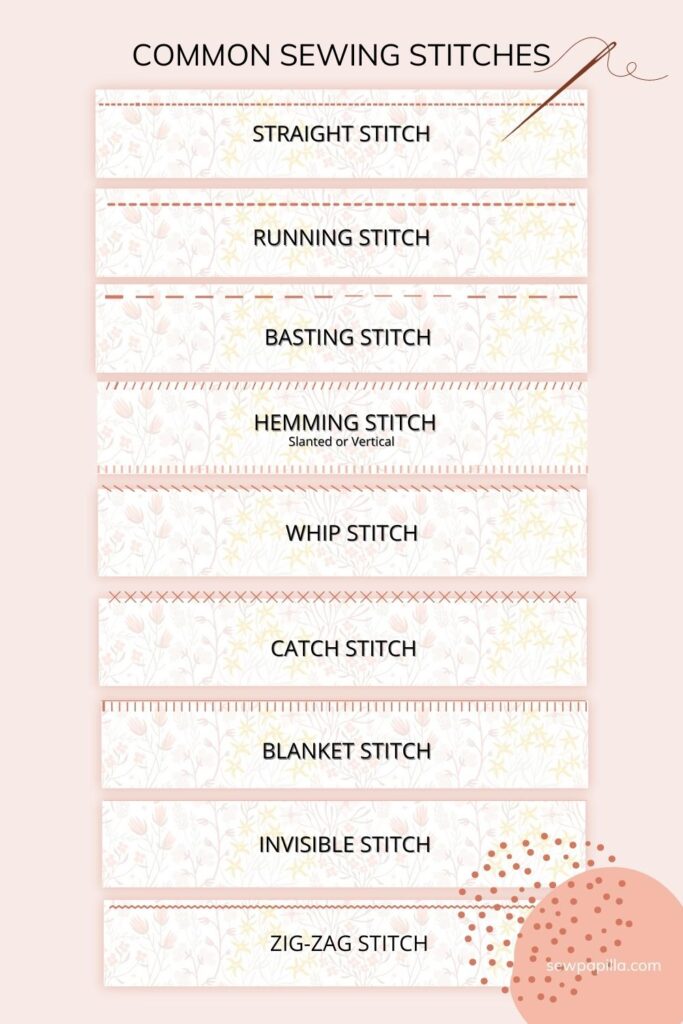
Although we covered quite a few common types of stitches, this is only the beginning. As you become more proficient with sewing stitches, you will discover even more common techniques to master.
From time to time, I will be adding other helpful sewing tips to this list. In the meantime, I do hope this list of common stitches was helpful!
